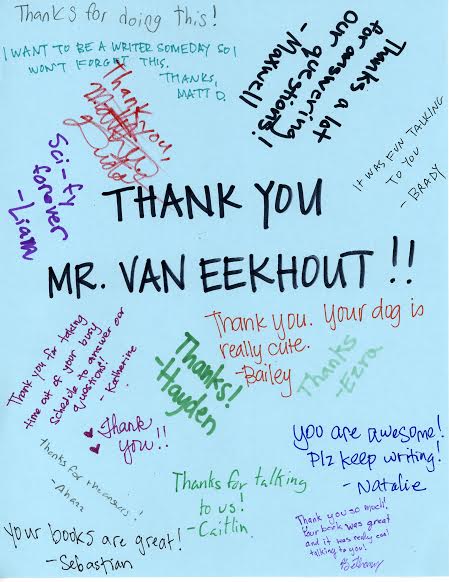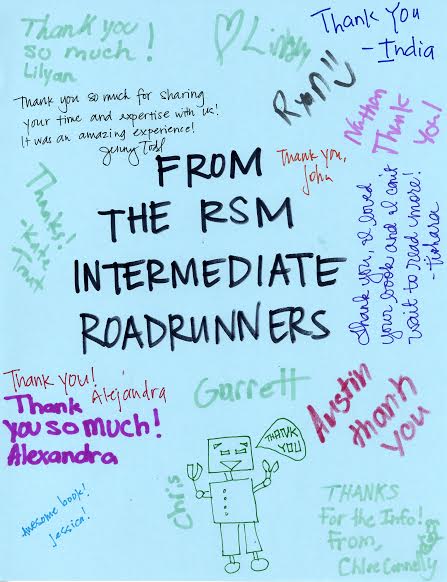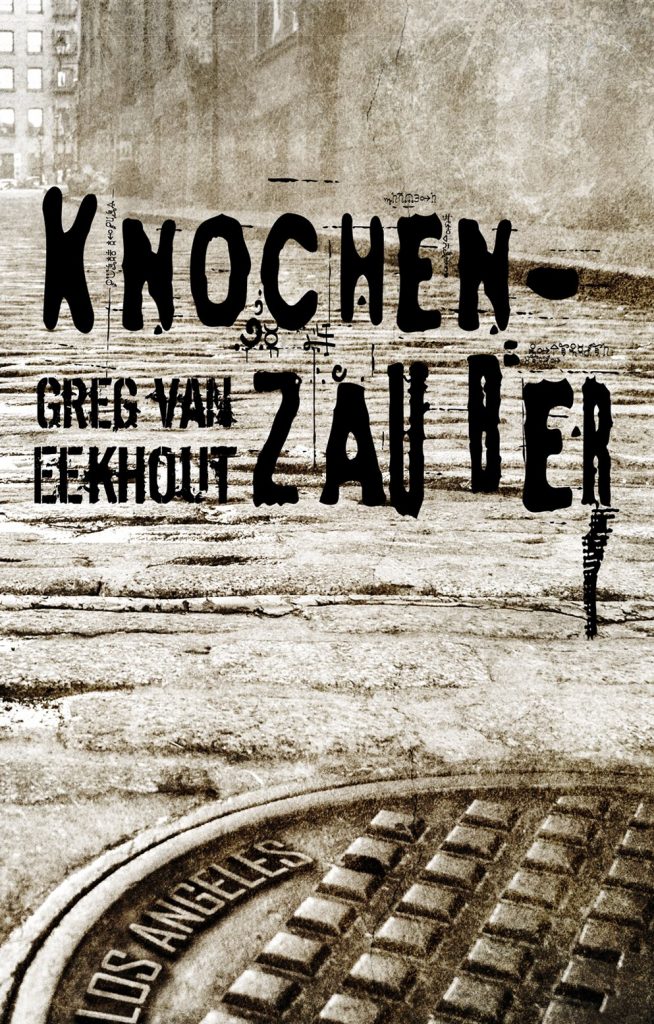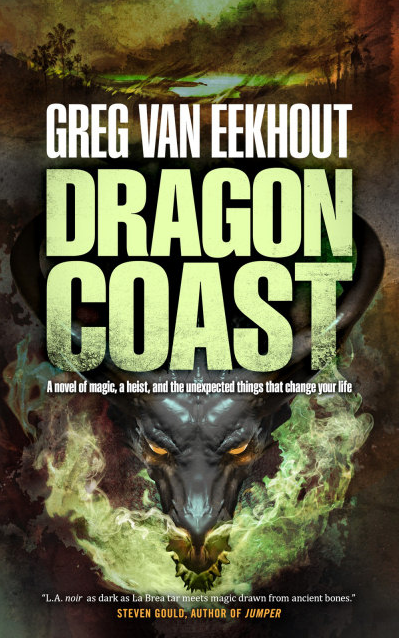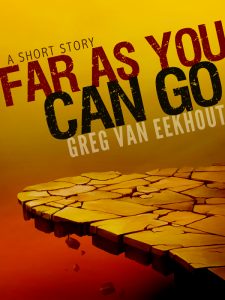This is my synopsis/proposal for California Bones, the first book in an adult contemporary fantasy trilogy. Some general notes and context here.
BACKGROUND
The Osteomancer’s Son is a heist story and family saga taking place in an alternate Los Angeles, built not on oil and movies, but on magic. Osteomancy is the art of drawing magic out of bones, and Los Angeles is home to one of the richest sources of osteomantic bones in the world: The La Brea Tar Pits. Skilled practitioners can coax magic from the remains of extinct mammals, such as mammoths, mastodons, saber-toothed cats, American griffins, and the Western wyvern. From this power base, Los Angeles grew into a dominant city-state on the Pacific Rim, ruled by the Hierarch, an ancient, magic-imbued osteomancer.
Daniel Blackland, 25, was born in the late 20th century, a time of political instability and dwindling magic, though osteomancers like Daniel’s father, Sebastian Blackland, still enjoyed high status. Twelve years ago, Sebastian was killed in the Hierarch’s purge. The ostensible purpose of the purge was to eliminate those suspected of being disloyal. But the real reason was that osteomancers absorb magic from the materials they work with, and now facing shortages of “bone,” the Hierarch is bent on recovering and hoarding magic for himself.
After Sebastian is murdered, Daniel’s mother leaves him in the care of her criminal brother, Otis, and defects to Northern California. She takes with her a golem created from Daniel’s own flesh. Daniel is told that the golem was killed during her escape, leading the Hierarch to believe Daniel is dead.
PART ONE
The novel opens with Daniel trying to make money legitimately by working menial jobs. But in the Hierarch’s world, earning a living is getting harder and harder, especially without Otis actively protecting Daniel’s identity. When the opportunity to make a few bucks by stealing some hippogriff hoof shavings presents itself, Daniel takes it. He’s not caught, but he leaves behind clues that will come to haunt him.
Otis tempts Daniel back to more profitable work by offering him a job that only he can accomplish: Break into the Ossuary — the Hierarch’s personal store of bone — and steal his own father’s remains. Daniel refuses.
Upon leaving Otis’s lair, he’s abducted by agents for the Department of Water and Power, run by William Mulholland, an ancient wizard who came to power with the Hierarch. He informs Daniel that he knows about the Ossuary job, and instructs Daniel to go through with it and bring the bones to him. Otherwise, harm will come to his daughter. Now Daniel has no choice.
Daniel visits Cassie’s apartment, where she lives with their daughter Miranda, often babysat by Tía Abril, an old family friend. Daniel warns Cassie about Mulholland and declares his intention to do the job. Attempting to protect them, he uses sphinx powder to lock her, Abril, and Miranda in the apartment. Nothing can get in, nothing can get out. What he doesn’t know is that Abril works for Otis, and after Daniel leaves, she poisons Cassie, breaks Daniel’s osteomantic locks, and brings Miranda to Otis.
PART TWO
Daniel recruits his childhood friends to do the Ossuary job with him. Moth is the muscle, Punch is a lock/safe guy. Their first task is to collect osteomantic traces left in the plumbing of the apartment formerly occupied by the old osteomancer who made the Ossuary’s locks. Accidentally ingesting the traces gives Daniel visions of escaping across the Northern border with his mother. The osteomancer who made the Ossuary’s locks is the same one who helped Sebastian make the golem of Daniel, and being in contact with his magic gives Daniel a retroactive psychic link to the golem. He learns that his mother was a spy for San Francisco, and that she’s partially responsible for his father’s death. And he knows Otis lied to him about the death of the golem.
When Daniel confronts Otis, Otis convinces Daniel to proceed with the Ossuary job anyway by presenting him with his daughter’s finger bone, infused with magic inherited from Daniel. If Daniel doesn’t complete the job, Otis threatens to sell off Miranda one piece at a time.
Meanwhile, Gabriel Tyson, the Hierarch’s great-nephew, is at a family gathering celebrating the anniversary of the Hierarch’s ascension to power. Gabriel is a junior inspector with the Ministry of Osteomancy’s procurement and accounting wing, charged with keeping track of bone supply in the city. Disney, a glamour mage, takes Gabriel aside to complain about the lack of bone available to him. In the midst of complaining, Disney tips him off about the hippogriff theft that Daniel perpetrated. Gabriel decides to investigate. He soon discovers that Daniel is alive and in Los Angeles.
Cassie wakes up to an empty apartment. She goes to Daniel, and they determine the best thing he can do now is finish the job quickly and get Sebastian’s remains, which they’ll then use as leverage to get Miranda back from Otis and get Mulholland off their backs.
PART THREE
The Ossuary heist is underway. Things begin smoothly enough, but the Ossuary proves to be a labyrinth, protected by magic-enhanced guards and osteomantically-spawned creatures: three-headed guard hounds, minotaurs, flying americapithecines. Daniel, Moth, and Punch are soon fleeing deeper into the Ossuary just to stay alive. Daniel fights off a minotaur to give his friends a chance to escape, but they come back for him and are killed. Daniel has now lost the only people other than Cassie who have never betrayed him.
On the outside, Cassie learns that Otis already has customers lined up for Miranda’s bones. He’s not going to return her alive, even if Daniel delivers Sebastian’s remains. Planning to kill Otis, she encounters Gabriel Tyson. Gabriel proposes a deal: Give him Daniel, and he’ll help her get Miranda back. Cassie agrees, giving him the maps to the Ossuary Daniel is using to find his father’s bones.
Heading yet deeper into the Ossuary, Daniel recovers Sebastian’s remains. The Hierarch confronts Daniel, and only by consuming some of Sebastian’s bones to absorb their power does Daniel survive the battle. He runs even farther into the Ossuary and comes upon a chamber of bubbling vats. Contained in the vats are golems, grown from osteomantic samples. In one vat, Daniel finds a gestating golem version of himself. He knows he can gain more power by consuming the golem. But he won’t exploit this version of himself the way his parents exploited him, and the way Otis is exploiting Miranda. Instead, he decides to save his golem.
While Cassie locates Miranda and kills Otis, Daniel fights the Hierarch, using every ounce of skill his father taught him. He loses three fingers and watches in horror as the Hierarch eats them to boost his power. Desperately fleeing, he comes upon another golem: a younger version of the Hierarch, being prepared to give the ancient sorcerer a new body to replace his old, failing one. Daniel eats the golem’s heart, giving him enough power to defeat the Hierarch.
When Daniel leaves the Ossuary, Gabriel is there, waiting for him. But so is Cassie, a knife at Gabriel’s throat. Daniel strikes a deal: They’ll let Gabriel live if he helps them get out of the city. And so, with Cassie, Miranda, and the golem-child, Daniel departs Los Angeles for the questionable safety of Northern California.

